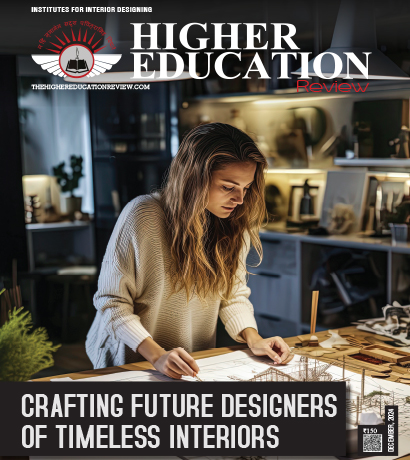Game-based Learning Both Engages and Educates
 Rote learning has plagued the Indian education system for years. The various attempts and initiatives taken in the last decade to move away from rote learning approach have done children some good. Moreover, the evolution of electronic devices has come a long way from desktops to laptops to smartphones and tablets. The issue of connectivity, too, has progressed over the years. The advent of technology, along with evolved curriculum, has helped teachers with what they had struggled – keeping the students engaged. In fact, they might have resorted to dictation method because quality content was not readily available to students. Now, the availability of digital content coupled with improved content delivery methods facilitate digital game based learning (DGBL) in keeping students motivated and engaged in the learning process.
Rote learning has plagued the Indian education system for years. The various attempts and initiatives taken in the last decade to move away from rote learning approach have done children some good. Moreover, the evolution of electronic devices has come a long way from desktops to laptops to smartphones and tablets. The issue of connectivity, too, has progressed over the years. The advent of technology, along with evolved curriculum, has helped teachers with what they had struggled – keeping the students engaged. In fact, they might have resorted to dictation method because quality content was not readily available to students. Now, the availability of digital content coupled with improved content delivery methods facilitate digital game based learning (DGBL) in keeping students motivated and engaged in the learning process.
Game-based Learning
In a game-based learning environment, learning outcomes are clearly defined. Teachers might even take the help of actual video games while planning their lessons. The learning of a student is not constricted to textbooks, and the available modes include, virtual reality, simulations and augmented reality. GBL balances the subject matter with play and also enables the students to apply the learning in their lives.
GBL draws inspiration from Eduventure, which blends adventure games and education, and attempts to tap the motivating and engaging abilities of the digital modes which help students become active participants in their learning process. Eduventure is careful to use realistic and authentic tools relevant to the learner and the domain of learning. For example, human anatomy is better explained through simulation videos rather than virtual reality. Therefore, the medium matters.
Simulations
Research informs us that pedagogies such as enquiry-based learning and hands-on learning are more successful than traditional teaching methods in improving the student’s learning process. Simulation videos provide representation of knowledge in multiple modalities and aid in drawing connections between concepts, thus facilitating knowledge about their applicability. Since most of the simulating laboratory work takes place in groups, it develops a collaborative attitude among children. The basis of gauging the learning process of students should not be assessment alone, but other parameters such as knowledge of the principles of experimental design, data handling and interpretation. This mode of imparting knowledge can help students acquire them.
Virtual Reality
The applicability of technology in education is claimed by its power to bring real-life experience to the classroom. The wonder and engagement that a virtual reality game offers can make every student truly interested in their lessons. Virtual platform can boost the child’s creativity. Be it a pink elephant or an upside down tree, hardly anything is impossible here. Students can combine, move and join objects in the VR platform which hones their creative abilities. Creation is at the heart of learning. So, when a tool instils the love for creation in a learner, learning takes place. For instance, coding involves a lot of creative and analytical skills. A coder needs creativity to add details and attain different outcomes and simultaneously needs to apply logic to add new sequences and fulfil requirements of the project. Teaching through virtual reality techniques can instil creativity in children, besides actually imparting lessons.
Augmented Reality
With the overlay of digital information in a physical environment, augmented reality (AR) provides an enriching multimodal experience by manipulating the spatial aspect of physical objects, and thereby catering to the visual-motor learning skills of a child. While a student is physically immersed in augmented reality, and he can zoom in and move around objects to change perspective, the experience gains a play element which is not devoid of educational aim. While augmented books with virtual graphics superimposed on the pages are a great visual treat; experiencing AR even on regular books is also a possibility. The best part about AR is once a particular object is coded, the AR app would be able to read the object present anywhere.
Many educators have often expressed their doubts about the usefulness of game-based learning. Their scepticism is based on the common assumption of play as frivolous and a less serious activity than learning. The naysayers often allege that the game-based lessons would never be taken seriously by the participants. However, the major pros of game-based learning are that it takes away the stress typical of a classroom, and creates positive learning memories, which helps in better retention of concepts.

